Master the Future with Our IoT Smart Systems
Welcome to the gateway of innovation with our IoT Smart Systems Training. Dive into a transformative learning experience where the Internet of Things (IoT) meets cutting-edge technology.
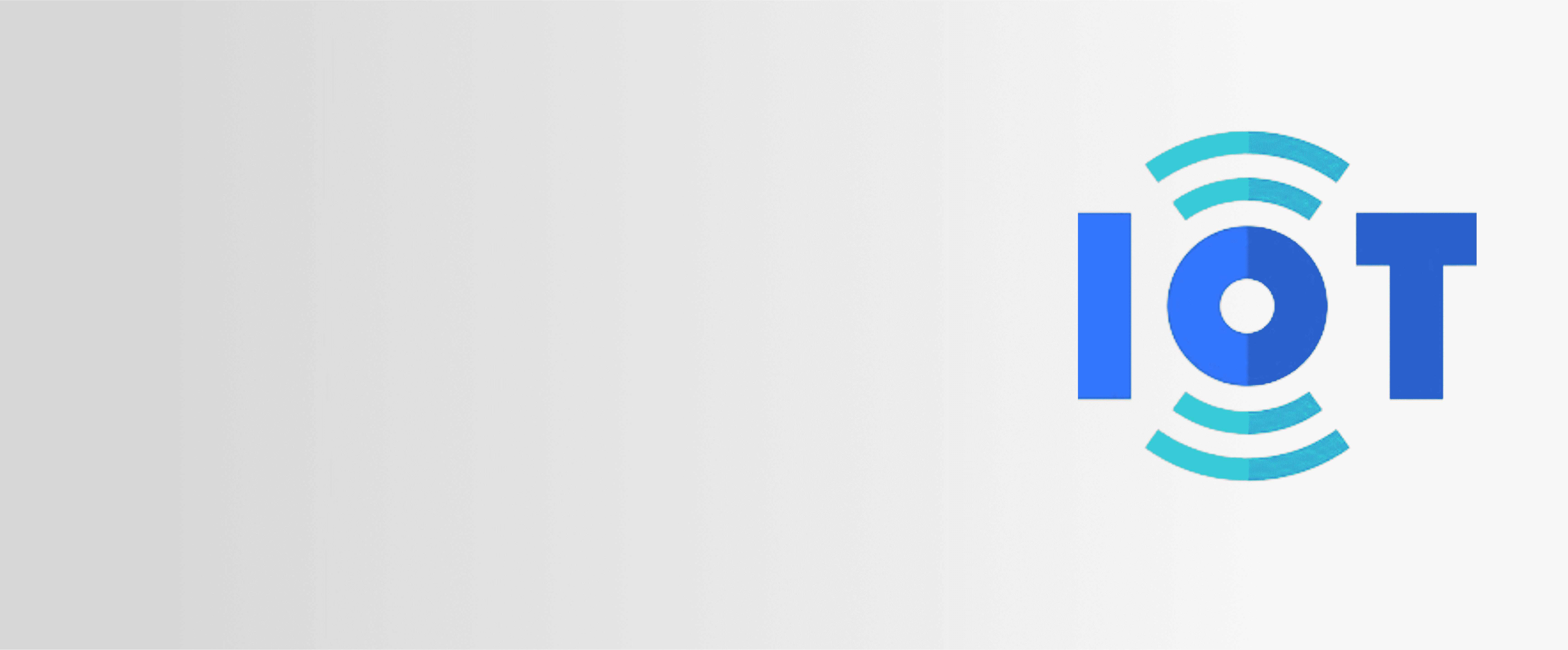
What is IOT?
The Internet of Things (IoT) involves a network of interconnected physical devices, equipped with sensors and software, enabling data collection and exchange over the internet. This includes sensors, actuators, appliances, vehicles, wearables, and industrial machines. The primary aim is seamless communication, data sharing, and autonomous decision-making. This connectivity allows real-time monitoring, control, and coordination, enhancing efficiency and automation across various industries.
Applications of IOT
1) SMART HOME AUTOMATION:
Devices equipped with IoT technology, such as intelligent thermostats, lighting systems, security cameras, and appliances, empower users to remotely manage and monitor their homes.
2) HEALTH CARE:
- Monitoring patients remotely using wearable devices.
- Utilizing intelligent medical devices to monitor and manage health conditions.
- Implementing inventory management and tracking systems in healthcare facilities.
3) INDUSTRIAL INTERNET
- Anticipating maintenance needs for machinery and equipment.
- Supervising and improving manufacturing processes.
- Optimizing supply chain management and logistics.
4) AGRICULTURE
- Implementing precision agriculture using sensors to monitor soil moisture, temperature, and crop health.
- Automating irrigation systems for efficient water management.
- Monitoring the health and behavior of livestock in agriculture.
5) TRANSPORTATION
- Managing and tracking fleets for logistical purposes
- Utilizing connected vehicles to enhance safety and efficiency.
- Monitoring and optimizing traffic flow.
6) SECURITY
Securing IoT means keeping devices safe with things like passwords, coded messages, and secure ways of talking. It helps fix problems, keeps private things private, and quickly deals with issues, making sure IoT is safe from online dangers.
Uses:
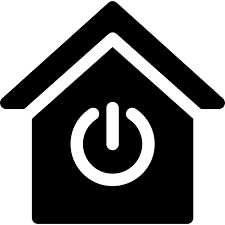
Smart Homes
IoT enables the control and automation of various home devices such as lights, thermostats, security systems, and appliances.Smart devices can optimize energy usage by monitoring and controlling home appliances.
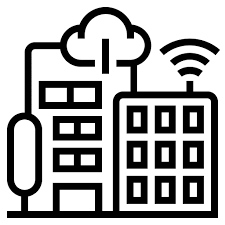 >
>
Smart Cities
In urban areas, IoT has revolutionized traffic and waste management, optimizing efficiency. IoT sensors in traffic enable real-time data analysis for adaptive signals, enhancing flow. Smart waste bins, replacing fixed schedules, communicate in real-time, reducing costs and promoting sustainability.
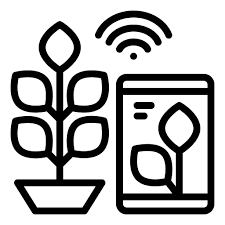 >
>
Agriculture
Precision farming utilizes IoT tools like sensors and drones to monitor soil conditions, crop health, and irrigation requirements. Livestock monitoring involves wearable devices on animals, offering insights into their health status and location.
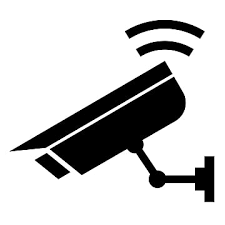 >
>
Security and Surveillance
Smart cameras integrated with IoT offer advanced surveillance capabilities, including facial recognition. Home security systems leverage IoT devices to enhance protection through interconnected alarms, cameras, and sensors.
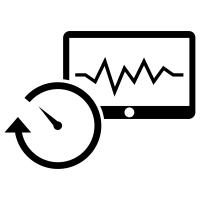 >
>
Healthcare Monitoring
IoT devices are used for remote patient monitoring, tracking vital signs, medication adherence, and managing chronic conditions, enhancing healthcare delivery.
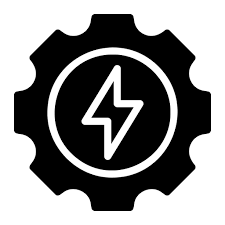 >
>
Energy Management
IoT is employed for monitoring and optimizing energy consumption in buildings, industries, and smart grids, contributing to energy efficiency and sustainability.
What we offer ?
Cousrse contents:
1. Introduction to IOT
- Understanding IoT fundamentals
- IoT Architecture and protocols
- Various Platforms for IoT
- Real-time Examples of IoT
- Overview of IoT Components and IoT Communication Technologies
- Challenges in IoT
2. Arduino Simulation Environment
- Arduino Uno Architecture
- Setup the IDE, Writing Arduino Software
- Arduino Libraries
- Basics of Embedded C programming for Arduino
- Interfacing LED, push button, and buzzer with Arduino
- Interfacing Arduino with LCD
3. Sensor & Actuators with Arduino
- Overview of Sensors working
- Analog and Digital Sensors
- Interfacing of Temperature, Humidity, Motion, Light and Gas Sensor with
- Arduino
- Interfacing of Actuators with Arduino.
- Interfacing of Relay Switch and Servo Motor with Arduino
4. Basic Networking with ESP8266 WiFi module
- Basics of Wireless Networking
- Introduction to ESP8266 Wi-Fi Module
- Various Wi-Fi library
- Web server- introduction, installation, configuration
- Posting sensor(s) data to the web server
5. IoT Protocols
- M2M vs. IOT
- Communication Protocols
6. Cloud Platforms for IoT
- Virtualization Concepts and Cloud Architecture
- Cloud computing, benefits
- Cloud services -- SaaS, PaaS, IaaS
- Cloud providers & offerings
- Study of IOT Cloud Platforms
- ThingSpeak API and MQTT
- Interfacing ESP8266 with Web services
Future of IOT
The IoT future is revolutionized by 5G, seamlessly integrating into daily life. Increased edge computing improves real-time decision-making, and the fusion of IoT with AI and machine learning drives automation. In smart cities, IoT optimizes infrastructure, and security measures, including blockchain, safeguards ecosystems, and promising advancements in healthcare, agriculture, and industry for more connected and efficient systems.
Start career in IOT
Embarking on an IoT career means entering a dynamic intersection of technology and connectivity. To start, develop a solid foundation in hardware and software, mastering languages like Python, C++, and Java, alongside skills in data analytics and cloud computing. Get acquainted with IoT protocols and standards. Success in this field requires a proactive learning approach, adaptability, and a fervor for using technology to craft innovative solutions.
Get to Know Us
Take a peek behind the scenes and discover what makes cricrosoft special. It's not just discover_our_mission what we sell, but the people, passion, and purpose that make us who we are. Join us on a journey through the evolution of cricrosoft, from our humble beginnings to the milestones that have shaped our identity.
In this exclusive video, we invite you to explore essential insights for launching your e-commerce website. Uncover key considerations and potential pain points, from understanding our core values